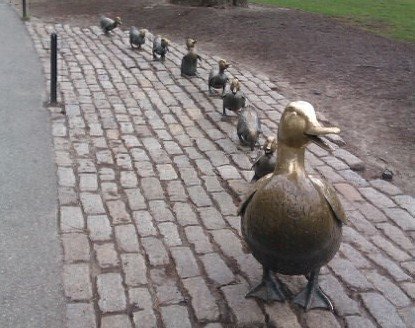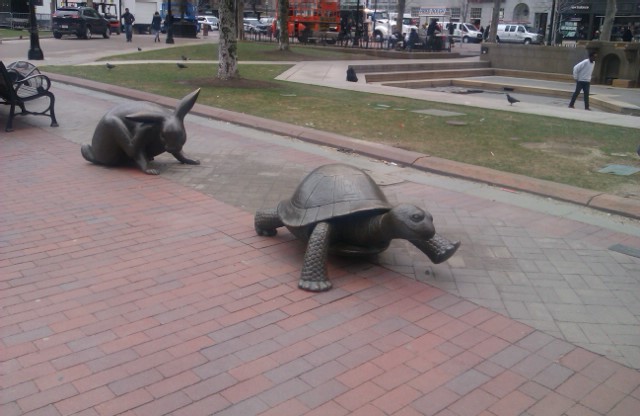In this blog, Professor John Bryson, City-REDI, discusses his recent visit to Boston, for the Association of American Geographers:

On Saturday 8 April 2017, the Urban Living Birmingham project organised two sessions at the annual conference of the Association of American Geographers, Boston.
The sessions explored the integrated and interdependent challenges that are facing cities this century. Cities disproportionately contribute to innovation, creativity and economic activity. To succeed, city governments, businesses and social enterprises have to create economic activity, high quality infrastructure and quality of life in the context of a need to reduce environmental footprints and also to increase density. Perhaps intensity is a better word than density. Cities must meet the needs and aspirations of changing urban populations – from ageing cities to diverse cities. Cities are increasingly being viewed as systems of systems that are based on many previous technological and financing decisions that are layered on top of one another and are also interdependent. These incremental decisions are made by city governments, organisations, individuals and households and often lead to path dependency and difficulties for the governance of cities. The research and policy questions that result from this complexity revolve around identifying and understanding the diverse and interdependent challenges faced by many cities. There is a need for research to cut across policy, organisational and disciplinary silos to develop new or alternative ways of understanding cities that lead to better outcomes for people.
The conference sessions included papers that explored methodologies for identifying or diagnosing the challenges faced by cities, the integrated nature of cities in the global economy, adaptive governance, governance and smarter cities, coping with urban flooding and managing change after the Christchurch earthquake. These two sessions highlighted the tensions being experienced by many cities over what type of governance was required to effectively manage cities with all their complexity. On the one hand, expert knowledge is displacing elected accountable knowledge and, on the other hand, there are attempts to create governance systems that are adaptive and that build upon local economies, societies and politics. The papers also highlighted the integration of cities in the global economy via the movement of people but also disease. Thus, global cities experience many problems related to local adaptation but are also exposed to dangers from afar.
The city of Boston provided an excellent setting for these sessions. Boston established the first public park in the US and the first subway. It is known as the walking city and is a city that has managed to develop an interesting balance between economic growth, connectivity, liveability and green infrastructure. It is a city that has invested in the place-based identities of its neighbourhoods. One indication of this is the quality of the public art on the city’s streets and green areas. This includes statues or monuments that represent political jokes, but also statues designed to highlight a close relationship between a street, activities on the street and public art. Thus, one square that plays an important role in the Boston marathon has a statue of the hare and the tortoise whilst Boston Common (now Boston Public Garden) has a statue of a duck and ducklings. The duckling statue acknowledges a famous children’s book written and illustrated by Robert McCloskey in 1941. This book, ‘Make Way for Ducklings’, is the story of a pair of mallards who decided to raise their family on an island in the lagoon at Boston Public Garden. The bronze statue of the ducklings was designed by Nancy Schön and is a popular attraction in Boston Public Garden. A replica was installed in Moscow and was a gift from the then United States First Lady Barbara Bush to Raisa Gorbachev.
There is much to learn from Boston, but the sensitive approach to constructing place-based identities through public art stands out as best practice that many other cities could learn from.
